Bokeh. There’s that word again. It’s one of the most obsessed-over words in photography, from how to pronounce it to how to “make it.” It often seems as if too many photographers — primarily newer practitioners — have placed a disproportionate premium on the concept of bokeh without fully understanding what it is.
Bokeh originates from the Japanese word meaning “blur” or “haze.” As it relates to photography, bokeh refers to the aesthetic quality of a photograph’s out of focus areas, including the specular highlights that most easily reveal a lens’ aperture shape (often rendered as the bright circles that people so love); it does not refer to the blur caused by subject or camera movement.
Bokeh is not a quantitative concept; unlike lens aperture or shutter speed, bokeh has no associated system of measurement. What matters is the quality of the blur, not the amount. Accordingly, bokeh is a rather subjective idea; one person’s opinion of “good” bokeh may not fall in line with another person’s opinion.
As you may have gathered from the brief definition above, bokeh is a feature of a photograph, not necessarily a feature of a lens. Lenses do, however, possess certain design characteristics that affect how the bokeh is rendered in photo. There are scenes that just sort of lend themselves to producing smooth, creamy bokeh even with not-so-great lenses, while other scenes — such as those with harsh lighting or lots of specular highlights — present a much greater challenge. It is in situations like these where the quality of the lens will have a more noticeable impact on the quality of the bokeh, but there is no such thing as a perfect bokeh lens.
Which brings us back to the point of subjectivity. You probably have your own ideas of what constitutes good bokeh, so it is important to understand how the lens you are using renders blur. It’s no different than knowing at which apertures or focal lengths your lens vignettes; some photographers like vignetting and use it to great artistic effect. Others hate it. There’s no right or wrong here; lenses are tools that you have to learn and master in order to make the most of them.
The lens, of course, isn’t the only thing that plays a role in creating bokeh. What follows are some tips on how to bring together a number of factors that will help you achieve the “best” possible bokeh in your shots.
- Use a large aperture. To be more specific, use the largest aperture (smallest f-number) available on your lens. A large aperture decreases depth of field, dramatically isolating focus on a narrow part of your subject. Everything surrounding this focal point will be blurred, thus creating bokeh.
- Use a fast lens. Lens speed refers to the maximum aperture (smallest f-number) of a lens; the larger the maximum aperture, the faster the lens is considered to be (f/1.8 is faster than f/4), the more light you can let in, the more you can decrease depth of field, the more likely your image is to exhibit smooth, pleasing to the eye out of focus areas.
- Go long. Zoom lenses are often criticized for not being up to par with the image quality of prime lenses (though there are some notable exceptions), but if you have a zoom lens, use it to your advantage. Zooming in on your subject will separate it from the rest of the scene and, depending on your lens, should leave you with beautiful bokeh.
- Move in. The closer you get to your subject, the blurrier the background will be. Every lens has a minimum focusing distance (MFD); this is simply a measure of how close you can be to your subject and still lock focus. The concept of getting in close to your subject while blurring the background is maximized in macro lenses. Any lens can be used this way, however, though to considerably less dramatic effect. And it’s probably not advisable for most portrait work.
- Blades of glory. This tip is in and of itself subject to quite a lot of disagreement, but I’ll mention it for the sake of awareness. Some will insist that a lens with a greater number of rounded aperture blades will produce better bokeh. Whether this is true depends on how narrowly one defines bokeh. Aperture blades mainly impact the shape of out of focus specular highlights. The general quality of bokeh, as far as the lens is concerned, rests much more upon optical design.
- Don’t overcompensate. Trying to use bokeh to mask poor technique or uninspired composition simply isn’t a good idea. Bokeh should be third or fourth in your thought process — after you’ve chosen an interesting subject and established an effective composition, then you can give some consideration to bokeh.
The lesson in all of this: emphasizing bokeh can be a great asset to an image, but it can’t magically turn a bad image good.
To learn how to fake bokeh in Photoshop, check out this step-by-step guide!
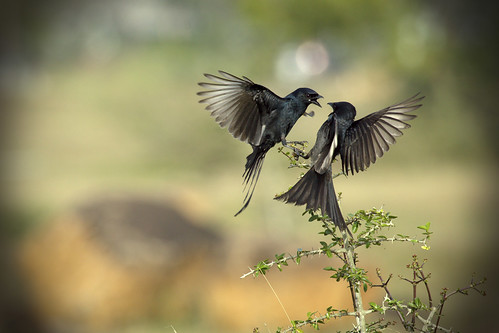
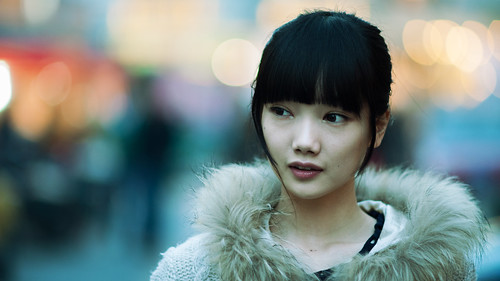
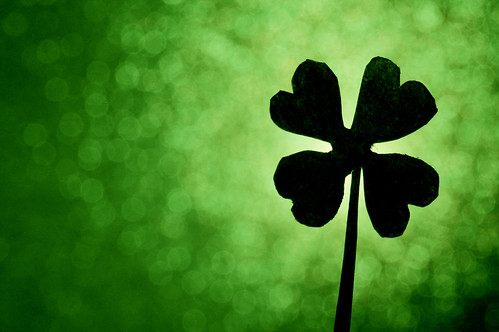



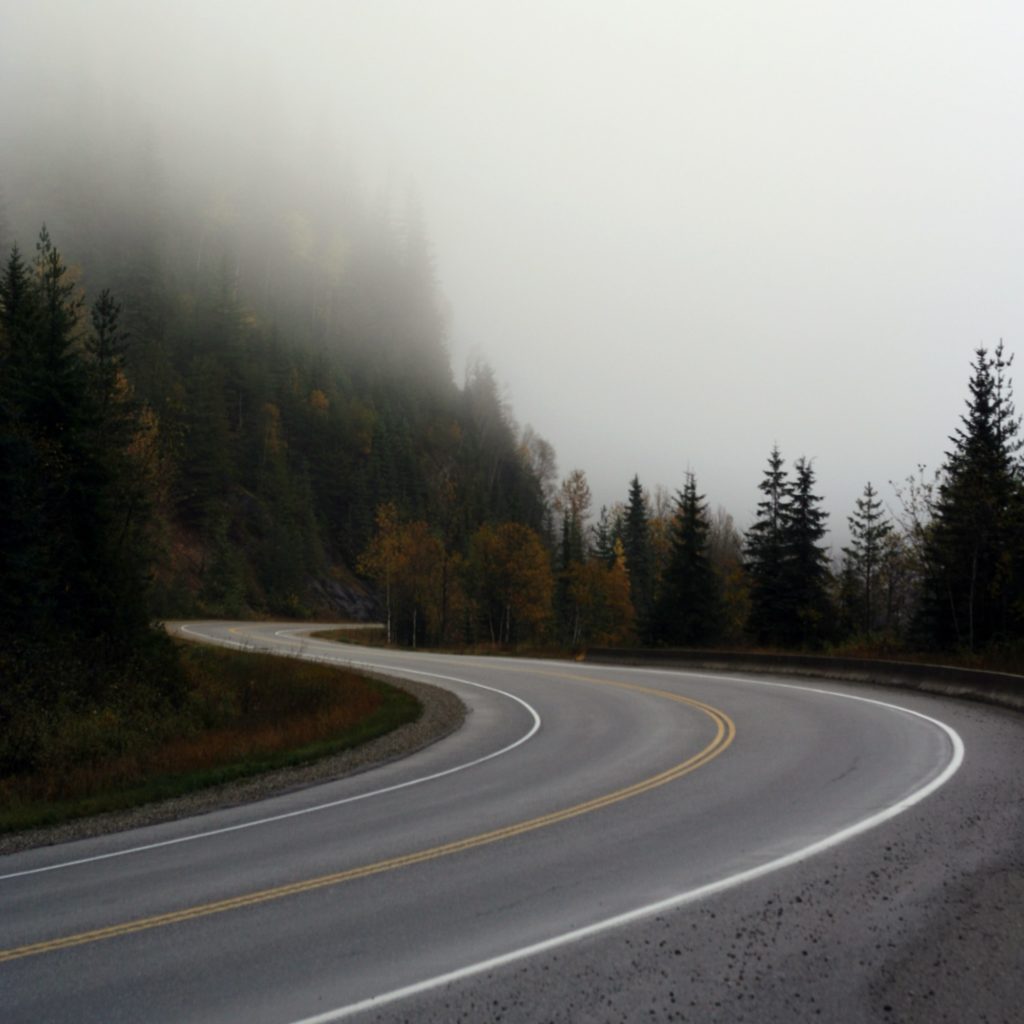
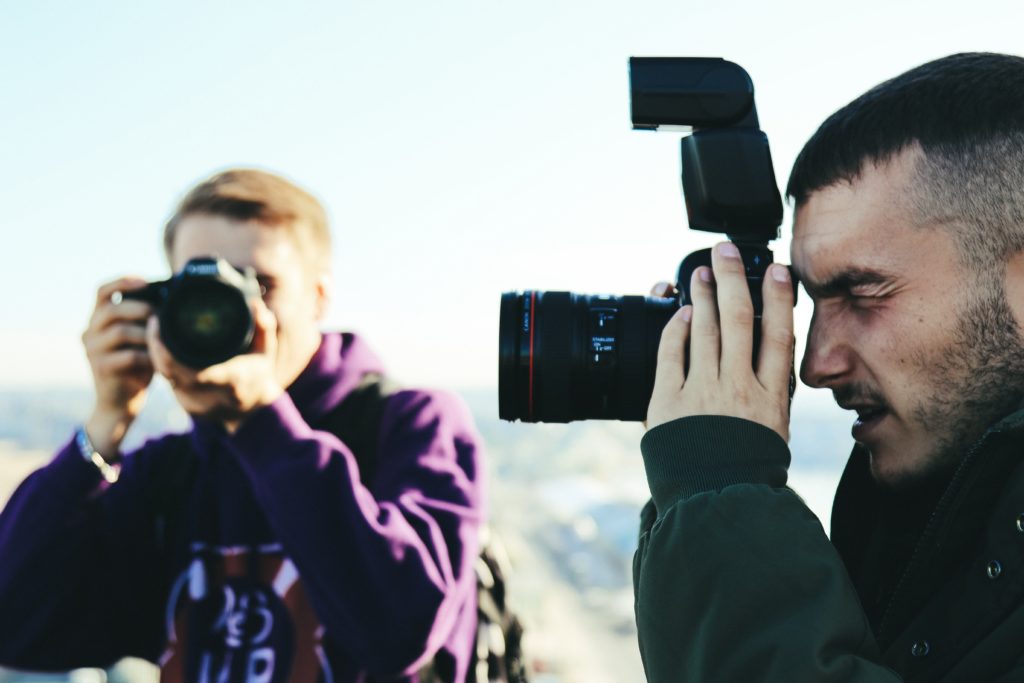
10 Comments
Nice article as usual Jason and some useful tips.
Thanks for the tips! I stuck some photos on flickr:
Hi, very nice tips on bokeh photography here. I love photography and will use these tips to improve on my bokeh techniques 🙂 Thanks
Simple yet sufficient
Never say the word, others who know will thank you
Once saw an image posted that consisted entirely of out-of-focus Christmas lights. “Practising my bokeh” was the caption. Along with “macros” of birds, shooting into the sun to flood the frame with glare, and “bokeh,” photography is slipping into an alternate reality.
“Trying to use bokeh to mask poor technique or uninspired composition simply isn’t a good idea” Great advise ever!
I been photographing over 60 years, never did any bokeh photo., going to try.
After teasing, the author never told how to pronounce the word. In Japanese written in the Western alphabet: “a” as in “father”, “i” as in “ring”, “u” as in “suit”, “e” as in “bed”, and “o” as in “slope”. The “e” is sometimes written as “eh”. English hardly ever has words that end in the “eh” sound. “Karate” usually has an “ee” sound in English, but in Japanese, it is also “eh” (ditto for karaoke, and many other Japanese words ending in “e”). So, “boke” or “bokeh” is pronounced “bo” (as in boat) plus “ke” (as in “keg” minus the”g”). Bokeg (minus the final “g”): boke.
This article is very helpful to someone like me who really enjoys photography but isn’t quite sure how to get some of the effects others rave about. Thank you for the excellent tips.